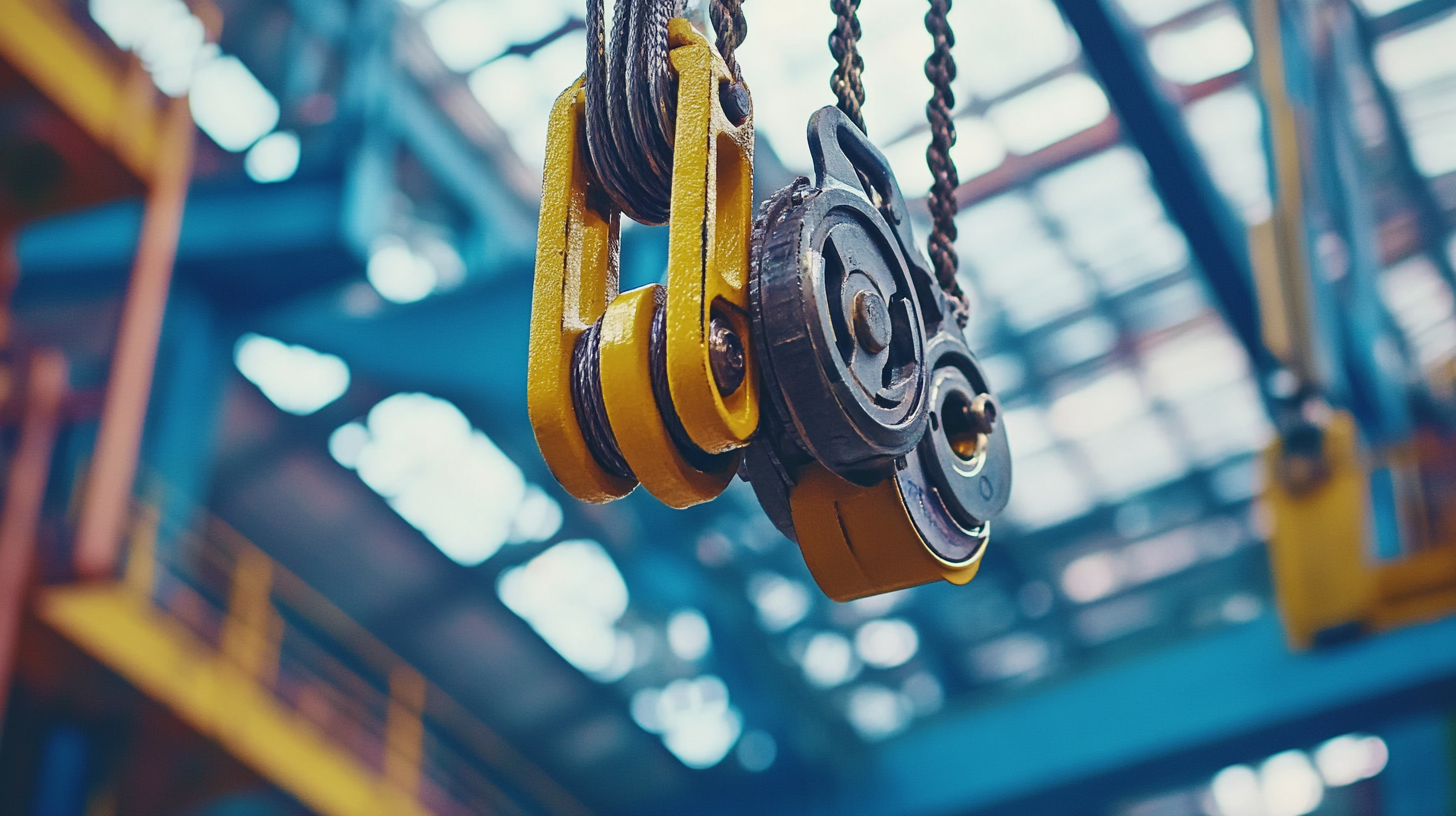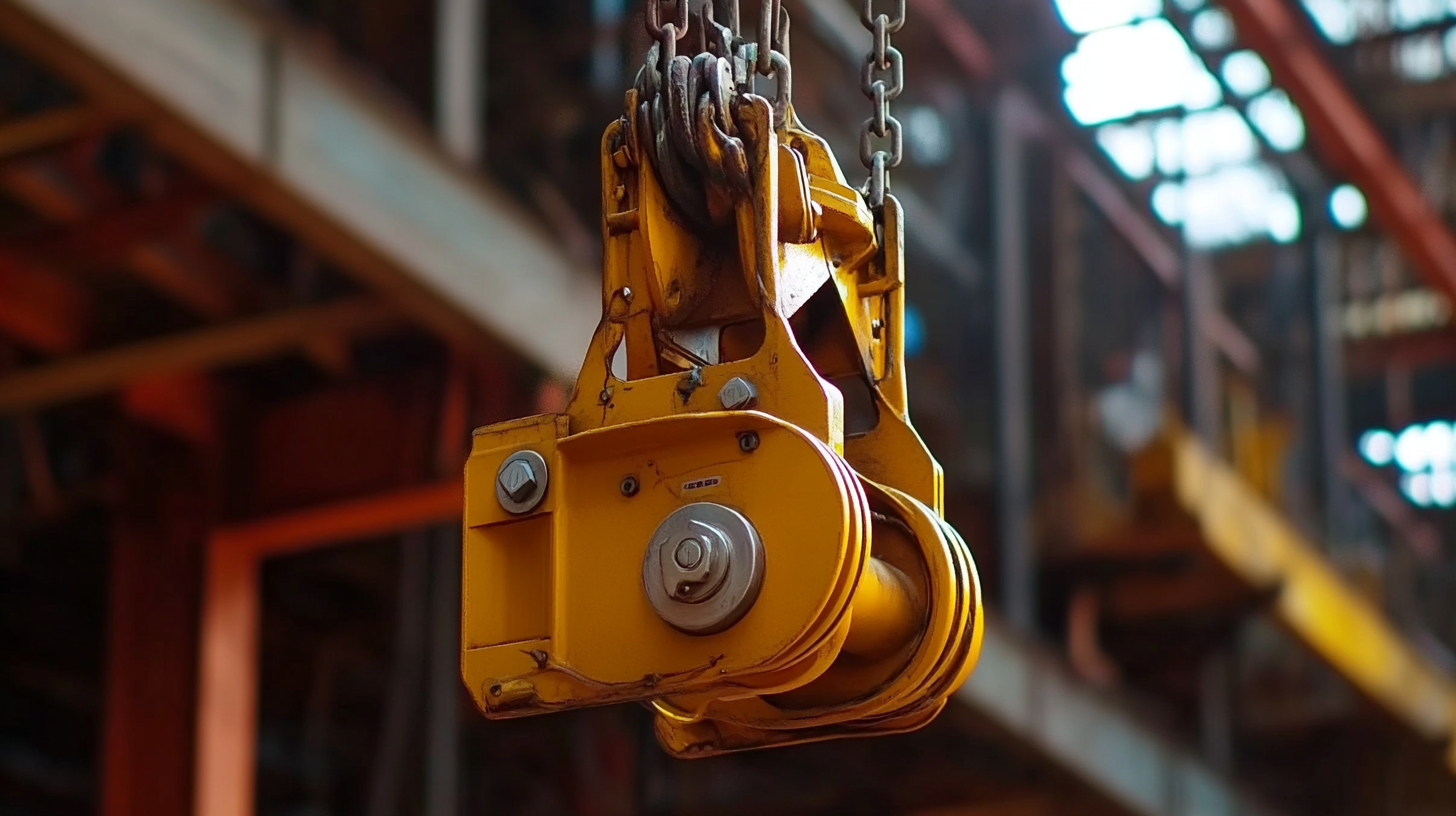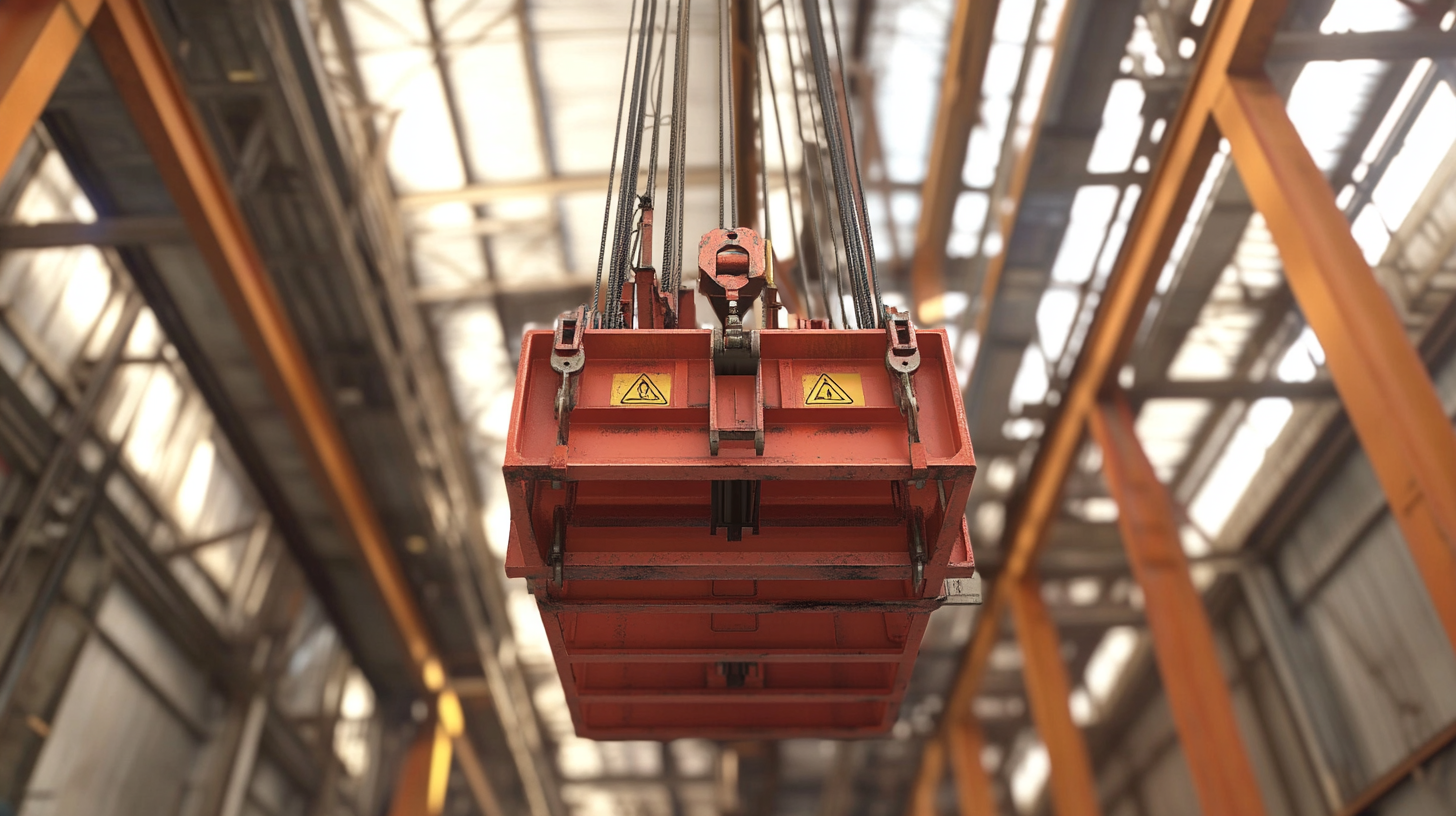
Transforming Industries: Real-World Applications of the Best Electric Hoist Winch in Heavy Lifting Solutions
In today's fast-paced industrial landscape, the demand for efficient and reliable lifting solutions has never been more critical. The global electric hoist market is projected to reach approximately $4.6 billion by 2025, growing at a CAGR of around 6.8%. This surge is largely driven by the increasing adoption of electric hoist winches across various sectors, including construction, manufacturing, and logistics. These advanced lifting devices not only enhance safety and productivity but also offer unparalleled precision in handling heavy loads. As industries continue to evolve, the implementation of electric hoist winches is becoming a pivotal factor in optimizing operations and reducing costs. In this blog, we will explore the transformative applications of electric hoist winches in real-world scenarios, shedding light on how they contribute to solving complex lifting challenges faced by modern industries.

Emerging Electric Hoist Winch Technologies Revolutionizing Heavy Lifting
The evolution of electric hoist winch technologies is fundamentally reshaping the landscape of heavy lifting solutions across various industries. With advancements in motor design, energy efficiency, and digital control systems, modern electric hoists offer unparalleled precision and power. This transformation is particularly evident in sectors such as construction, manufacturing, and logistics, where the demand for safe, reliable, and efficient lifting solutions is paramount. Innovative features, such as smart sensors and remote operation capabilities, enable operators to monitor loads in real-time, reducing the risk of accidents and improving productivity.

One standout technology is the integration of IoT (Internet of Things) in electric hoists, allowing for predictive maintenance and enhanced operational insights. By collecting data on performance metrics, these systems can offer proactive alerts for maintenance, thereby minimizing downtime and extending equipment lifespan. Additionally, electric winches with variable frequency drives (VFDs) provide smooth and adjustable lifting speeds, enabling them to adapt to a variety of tasks with ease. As industries continue to embrace these cutting-edge technologies, the traditional challenges of heavy lifting are being addressed more effectively than ever before, paving the way for safer and more efficient operations.
Key Features to Look for in an Electric Hoist Winch for Industrial Use
When selecting an electric hoist winch for industrial applications, several key features are essential for ensuring efficiency and safety in heavy lifting operations. According to a report by MarketsandMarkets, the electric hoist market is projected to grow from USD 4.1 billion in 2020 to USD 5.7 billion by 2025, underscoring the increasing demand for robust lifting solutions. One of the primary considerations is load capacity; a high-quality electric hoist winch should have a capacity that meets or exceeds the maximum weight requirements of various lifting tasks, typically ranging from 1 ton to over 100 tons for industrial use.

Another critical feature to look for is the hoist's lifting speed and control mechanisms. Advanced models offer variable speed controls that enhance precision during lifting operations, making it easier to handle delicate or oversized loads. Additionally, safety mechanisms such as overload protection and emergency stop functions are indispensable in preventing accidents and ensuring the well-being of operators. The American National Standards Institute (ANSI) recommends specific safety protocols, and choosing a winch that complies with these standards can significantly reduce the risk of workplace incidents. By focusing on these key features, industries can significantly improve their lifting operations and overall productivity.
Comparing Electric Hoist Winches: Performance, Efficiency, and Cost-Benefit Analysis
In today's heavy lifting solutions, electric hoist winches are emerging as superior alternatives, particularly in the marine industry. Recent market research indicates a significant shift from traditional hydraulic systems to electric spooling winches, driven by the need for enhanced efficiency and precision in operations. With a projected growth rate of over 8% in the Marine VFD market, driven by end-user demands such as marine ships and offshore platforms, electric hoist winches are redefining operational standards.
The performance metrics of electric hoist winches have proven to be remarkable, particularly when compared to conventional hydraulic winches. These electric systems offer lower power consumption and improved control precision, making them ideal for applications like cranes, where precision lifting is essential. Reports highlight that transitioning to an electro-hydraulic composite drive winch can lead to energy savings of up to 30% while maintaining peak operational effectiveness. This presents a strong cost-benefit analysis for industries considering a switch, underlining the competitive edge electric hoist winches offer in the evolving landscape of heavy lifting solutions.
Transforming Industries: Comparison of Electric Hoist Winches in Heavy Lifting Solutions
This chart illustrates the performance and efficiency of various electric hoist winch models, providing a visual comparison to aid in the decision-making process for heavy lifting solutions.
Case Studies: Successful Deployments of Electric Hoist Winches in Various Industries
In today's heavy lifting solutions, electric hoist winches have proven to be transformative across various industries, showcasing their efficiency and reliability through numerous successful deployments. According to a report by Research and Markets, the global electric hoist market is expected to reach $5.3 billion by 2025, driven by increasing demand in construction, manufacturing, and logistics sectors. For instance, in the construction industry, a notable case study from a prominent construction company revealed that the use of electric hoist winches reduced their project time by 25%, significantly enhancing productivity and safety on-site.
Moreover, in the manufacturing sector, a leading automotive plant implemented electric hoist winches to streamline their assembly line operations. By integrating these winches, the plant reported a 30% increase in operational efficiency, as the electric hoists allowed for precise positioning of heavy components with minimal manual handling. This not only improved worker safety but also reduced setup times, illustrating the unparalleled advantages of electric hoist technology. These real-world applications highlight the critical role electric hoist winches play in revolutionizing heavy lifting operations across industries globally.
Transforming Industries: Real-World Applications of the Best Electric Hoist Winch in Heavy Lifting Solutions
| Industry | Application | Capacity (Tons) | Winch Model | Success Metrics |
|---|---|---|---|---|
| Construction | Heavy Steel Beam Lifting | 10 | Electric Winch A | Increased efficiency by 30% |
| Manufacturing | Assembly Line Component Lifting | 5 | Electric Winch B | Reduced downtime by 20% |
| Mining | Ore Extraction | 15 | Electric Winch C | Enhanced safety - zero incidents |
| Logistics | Container Handling | 8 | Electric Winch D | Improved throughput by 25% |
| Shipbuilding | Hull Assembly | 12 | Electric Winch E | Reduced labor costs by 15% |
Sustainability in Heavy Lifting: Eco-Friendly Alternatives to Traditional Winches
In the quest for sustainability within heavy lifting solutions, eco-friendly alternatives to traditional winches are gaining significant traction. The rising awareness of environmental impact is steering industries towards innovative technologies that prioritize both efficiency and ecological responsibility.
One of the key trends is the growing adoption of synthetic ropes, which are not only lighter and more durable than their steel counterparts but also significantly reduce energy consumption during lifting operations.
The global synthetic rope market is expected to witness substantial growth, projected to reach USD 3.04 billion by 2033, with a compound annual growth rate of 7.04%. This surge is largely driven by the increasing preference for sustainable materials across various sectors. Synthetic ropes contribute to a reduction in overall carbon footprint by minimizing energy usage and waste during production and application. As industries embrace these eco-friendly alternatives, the transition towards a more sustainable future in heavy lifting is becoming increasingly feasible and critical for long-term success.
Copyright ©2024 Elephant Lifting Products | All rights reserved.
38381 N Robert Wilson Rd, Gonzales, LA 70737 USA
Toll Free: (888) 844-6113 | Phone: (225) 644-6113 | Fax: (225) 644-6695
Email: sale@floralift.org




